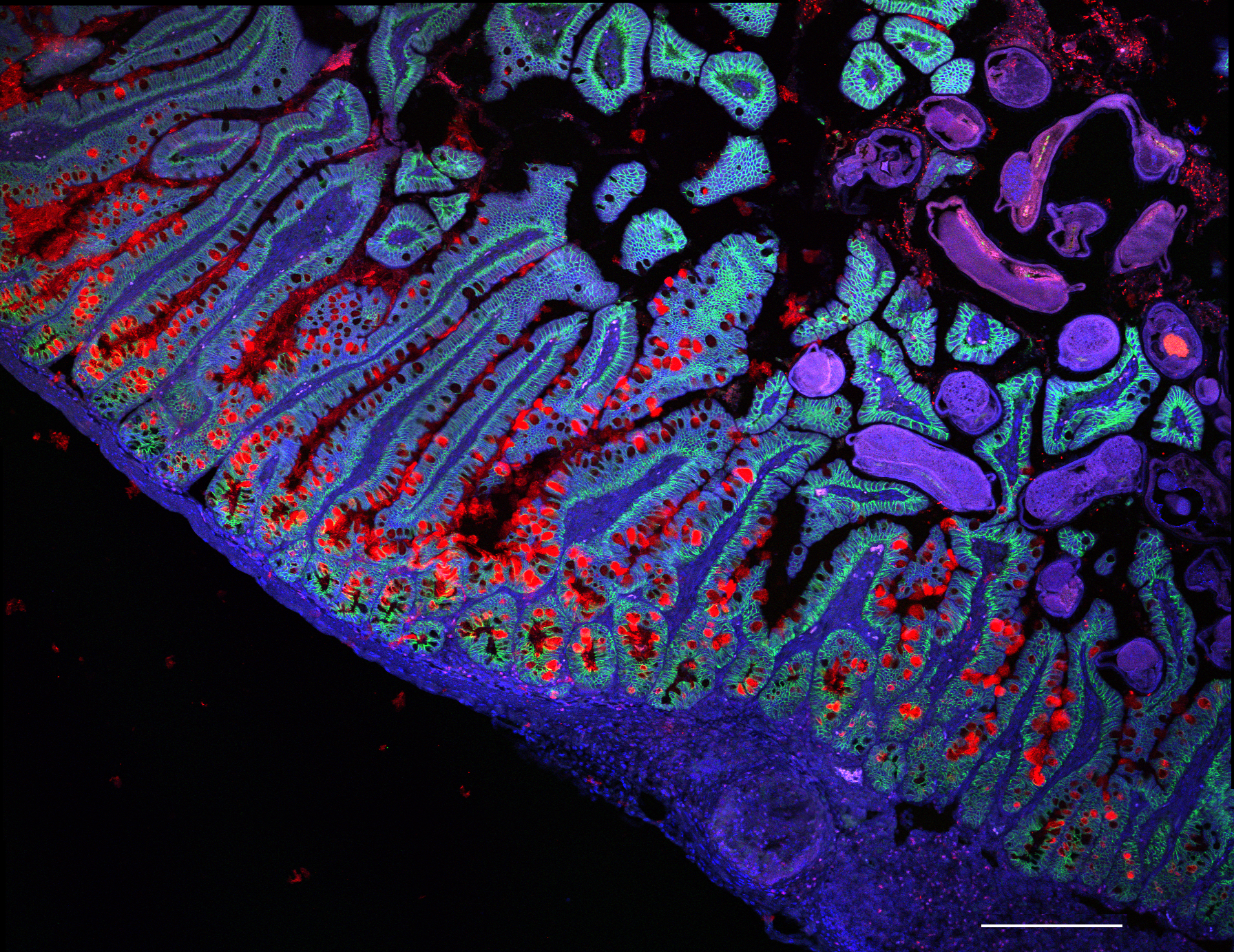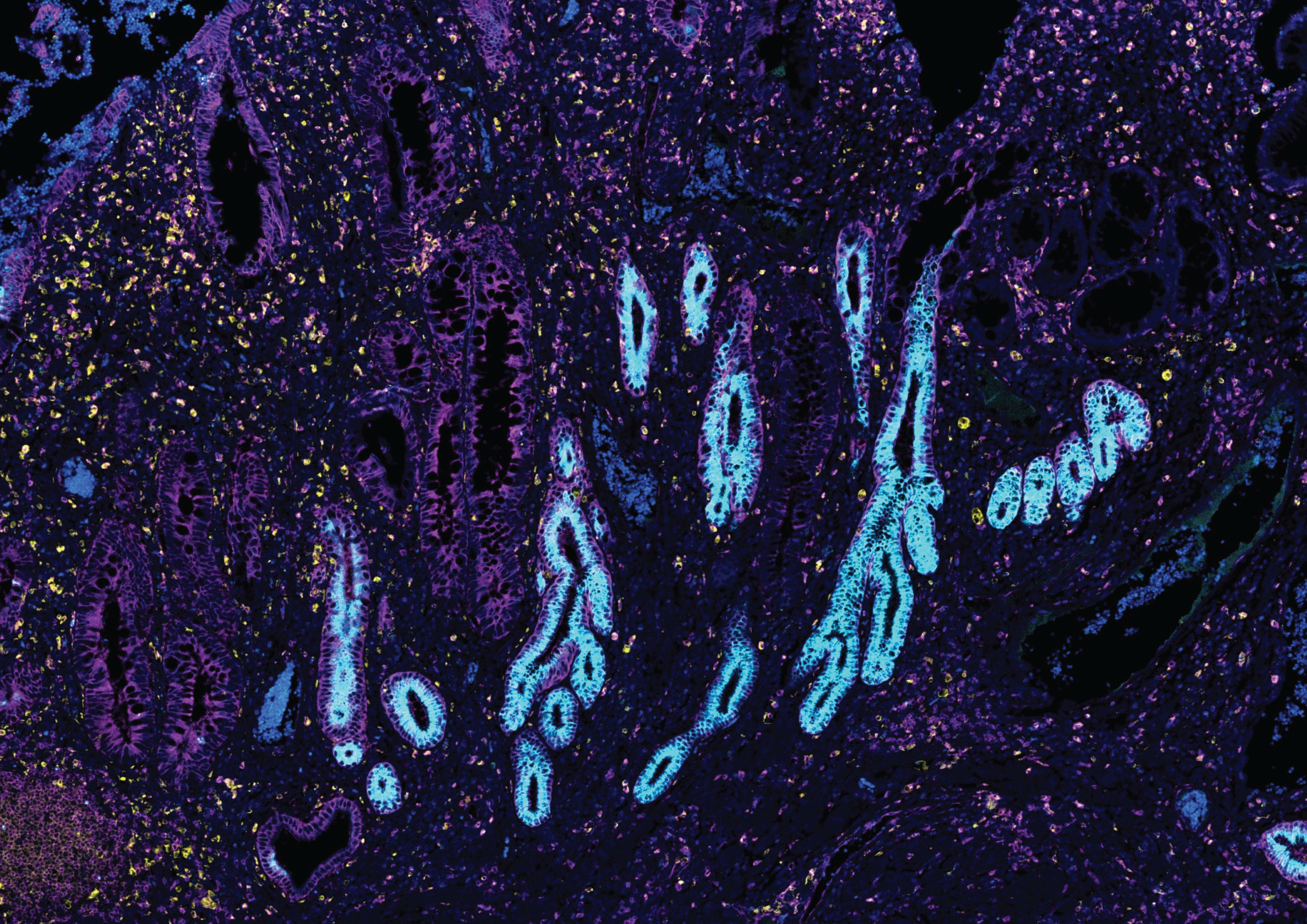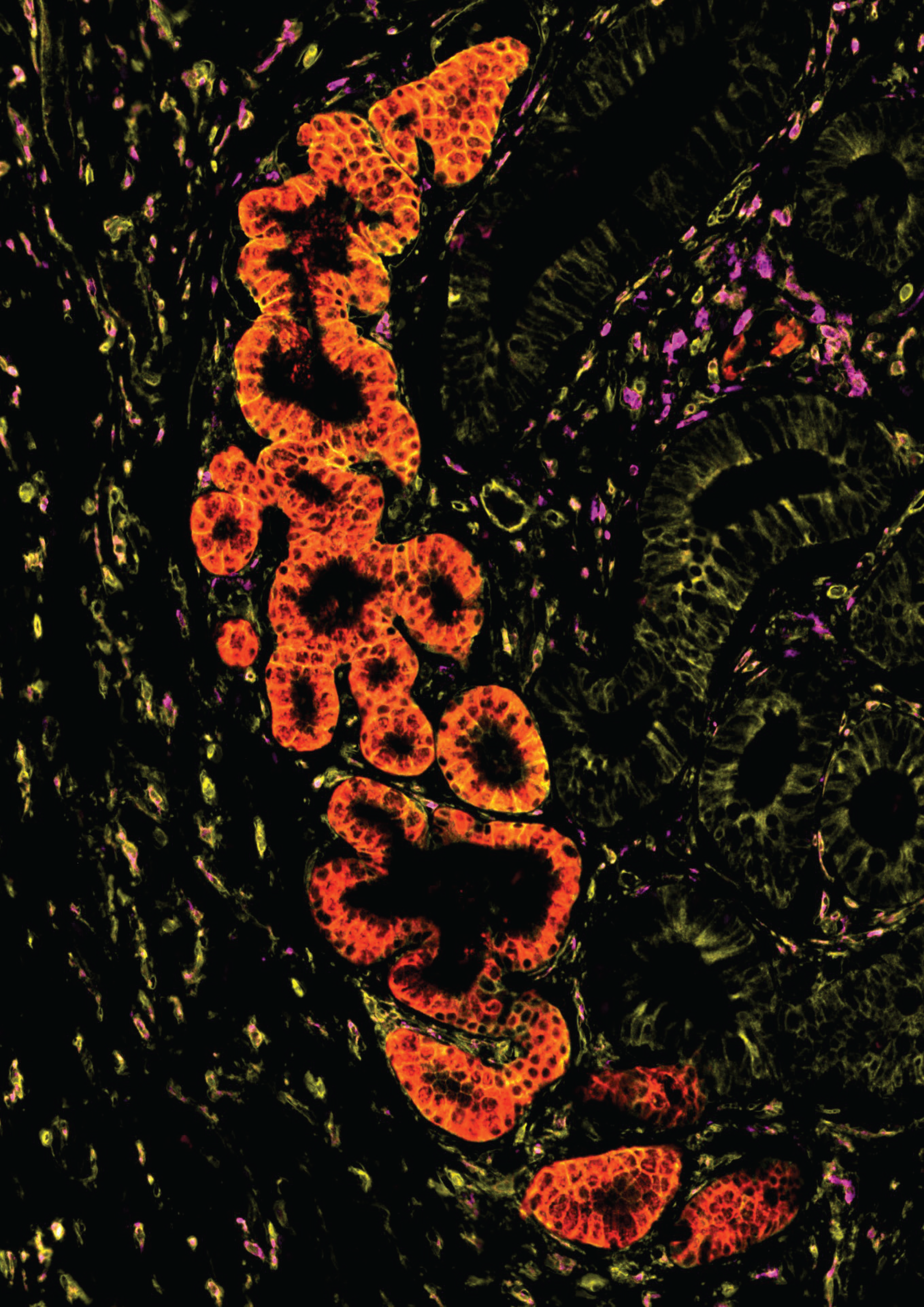An important milestone has been reached on the journey to map every cell type in the human body. The Human Cell Atlas (HCA) project, which has been running for eight years so far, today unveiled several significant steps forward, including the best-ever map of the human gut and a unique insight into how our skeletons form. Eventually, the aim is to draft an atlas for every unique cell type – and that will need data from literally billions of cells.
“This is a pivotal moment for the HCA community, as we move towards achieving the first draft of the Human Cell Atlas,” said Dr Aviv Regev, founding co-Chair of the HCA, in a statement. “This large-scale, community-driven, globally representative and rigorously curated atlas will evolve continuously and remain accessible to all to advance our understanding of the human body in health and treatments for disease.”
Founding co-Chair Professor Sarah Teichmann described the end goal of the project as a “‘Google Maps’ for cell biology”. The average body contains over 37 trillion cells, categorized into countless types with unique and important functions. Trying to capture all of this complexity in one resource is a huge challenge, but following previous successes for the project, the results reported today in a cache of new papers take us yet another step closer to it.
Mapping the human gut
Gut health is a seriously hot topic right now, and for good reason. We’re learning more every day about the gut microbiome and its health implications; data suggests that more and more young people are developing colorectal cancer; and the drive to better understand and treat chronic conditions like inflammatory bowel disease (IBD) continues.
Against this backdrop, one paper in the new collection unveils the most detailed map ever made of the human gut, integrating data from 1.6 million cells.

Our astrophysicist colleagues like to claim the crown for most beautiful scientific images, but we think these give them a run for their money.
Image credit: Grace Burgin, Noga Rogel & Moshe Biton, Klarman Cell Observatory, Broad Institute
The gastrointestinal (GI) tract starts at the mouth, where food enters the body, and continues through all the organs of digestion, including the stomach and intestines, ending at the anus. Diseases affecting the GI tract impact millions of people worldwide, but there’s been a lack of standardization in research, and the use of different labeling systems across various studies has caused confusion.
The new resource aims to end all that by creating a freely available, standardized tool that includes single-cell and spatial data for gut cells, created by combining 25 different datasets.

A section of the human intestines in inflammatory bowel disease.
Image credit: A. Oliver, N. Huang, R. Li, et al. (2024)
“Spatial and single-cell data provide unique information about how gut cells interact, that can be used to continue piecing together an in-depth understanding of how the human body works,” explained first author Dr Amanda Oliver in a statement.
“Combining existing single-cell datasets allows us to create a more complete picture of the human gut and ensures that researchers can work together to continue to benefit human health. Our Gut Cell Atlas is also harmonised and freely available, and we hope that people will continue to build on this, adding in data for scientists worldwide to use.”

Metaplastic epithelial glands in tissue from an intestine affected by inflammatory bowel disease.
Image credit: A. Oliver, N. Huang, R. Li, et al. (2024)
In their study, Oliver and the team identified a type of gut cell that appears to be involved in a cycle of inflammation that seems to contribute to some types of IBD, offering the possibility of learning more about these cells and targeting them with new treatments.
How does your skeleton grow?
Ever wondered exactly how a developing human goes from a cluster of cells to a fully formed fetus with a complete skeleton? Another of the new papers sets out the first ever “blueprint” of human skeletal development, with implications not only for research into developmental biology and pregnancy, but also for better understanding of conditions like arthritis.
The research team used cutting edge spatial transcriptomics technology and developed a new data analysis tool to map exactly how the limbs and skull develop during weeks five to 11 of pregnancy.
They observed how the cartilage grows first, creating a scaffold for the bones to form onto. This happens everywhere except the very top of the skull – if you’ve ever been around a young baby, you’ll know that they have a “soft spot” on their heads where the skull bones have not yet fused. This is to allow space for the brain to continue to grow; but sometimes things go wrong, and the gap closes too soon. This condition, called craniosynostosis, is just one that the new atlas is helping us to understand better.
Another is osteoarthritis, which the World Health Organization (WHO) estimates affected 528 million people worldwide in 2019. In their research, the team found that genetic variants associated with hip and knee arthritis were involved in early bone cell and cartilage development, respectively.
And there’s a further important application of these new “blueprints”: they can be used to assess whether medications could negatively affect bone growth if used during pregnancy. In the study, the team highlights 65 drugs, which are approved for use but not recommended for pregnant people, and show how these could disrupt skeletal development.
Once again, this resource will be freely accessible to all researchers.
“We’re excited to have created the first multi-omic map of the developing human skeleton, something that has vast potential in both understanding how our bones grow and treating conditions that might impact this,” said co-first author Dr Jan Patrick Pett in a statement.
What’s next for the HCA?
These are just a couple of highlights from the cache of more than 40 papers published today – it would be impossible to go through the whole collection, which also includes commentaries on how the HCA is working towards more equity in science by including samples from underrepresented populations, for example, and how artificial intelligence (AI) is being leveraged to aid the research. It’s been a busy eight years, but the work is far from over.
“This landmark collection of papers from the international Human Cell Atlas community underscores the tremendous progress toward mapping every single kind of human cell and how they change as we grow up and age,” commented WHO Chief Scientist Dr Jeremy Farrar. “The insights emerging from these discoveries are already reshaping our understanding of health and disease, paving the way for transformative health benefits that will impact lives worldwide.”
The papers are published in various Nature Portfolio journals. The full collection can be accessed here.
Source Link: Growing Bones And Gut Feelings: The Latest Steps On The Quest To Map Every Human Cell